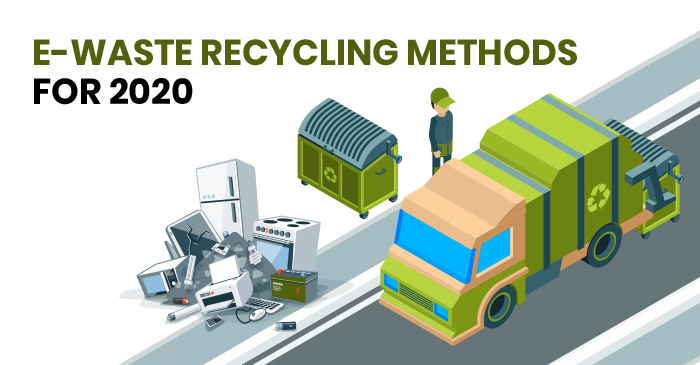Discover The Secrets To Selecting The Appropriate Dumpster Size For Your Project, Ensuring Both Performance And Cost Savings In This Comprehensive Guide
Discover The Secrets To Selecting The Appropriate Dumpster Size For Your Project, Ensuring Both Performance And Cost Savings In This Comprehensive Guide
Blog Article
Write-Up By-Finnegan Hunter
When starting a project that needs a dumpster, the size you choose can considerably influence its effectiveness and cost-effectiveness. Think of having the excellent container that accommodates all your waste without being exceedingly large or also tiny. It all starts with understanding the subtleties of your job and selecting a dumpster size that lines up with your details demands. So, before you choose, take into consideration the aspects at play to guarantee a seamless waste administration process from start to finish.
Factors to Take into consideration
When choosing the best dumpster dimension, there are several vital aspects to take into consideration.
Initially, think of roll-off dumpster rental of waste you'll be disposing of. Different materials may need varying amounts of area, so understanding what you'll be placing in the dumpster is critical.
Next off, evaluate the quantity of waste you expect to create. If you undervalue the quantity, you might need to make numerous journeys to deal with everything, which can be inconvenient and expensive. On the other hand, leasing a dumpster that's also big can result in unneeded expenses.
In addition, think about the space where the dumpster will certainly be put. Make sure there's enough room for the dumpster to be delivered and grabbed without any obstructions.
Lastly, consider any weight limitations that might use. Going beyond the weight limitation can result in additional charges or perhaps the refusal of service.
Dumpster Dimension Choices
For choosing the ideal dumpster dimension, it's vital to have a mutual understanding of the readily available alternatives. Dumpster dimensions generally range from 10 to 40 cubic yards, with variants in between.
A 10-yard dumpster appropriates for little projects like a garage cleanout or a little renovation. If you're taking on a medium-sized task such as a cooking area remodel or a basement cleanout, a 20-yard dumpster might be the right option.
For larger jobs like a whole-house improvement or business building, a 30 or 40-yard dumpster could be better to accommodate the quantity of waste produced.
When selecting a dumpster size, think about the quantity and kind of particles you expect to get rid of. waste management dumpsters 's far better to pick a slightly bigger dimension if you're unsure to stop overfilling. Keep in mind, it's more cost-effective to rent a dumpster that fits your demands as opposed to needing to get an added one.
Matching Size to Project
Optimally matching the dumpster size to your job is essential for efficient waste monitoring. To determine source web page , think about the scope and nature of your task.
For little family cleanouts or restorations, a 10-yard dumpster might suffice. These are commonly 12 feet long and can hold about 4 pickup lots of waste.
For larger jobs like redesigning several areas or removing a large estate, a 20-yard dumpster might be preferable. see this are around 22 feet long and can hold approximately 8 pickup tons.
If you're tackling a major building job or commercial renovation, a 30-yard dumpster could be the most effective fit. These dumpsters have to do with 22 feet long and can suit about 12 pickup loads of particles.
Matching the dumpster size to your job guarantees you have adequate room for all waste products without paying too much for unused capability.
Verdict
In conclusion, picking the appropriate dumpster size for your project is vital for reliable waste disposal. By thinking about factors like the kind and amount of waste, room accessibility, weight limitations, and budget plan restrictions, you can guarantee you have the suitable dimension dumpster for your requirements. Make certain to match the dimension of the dumpster to the extent and nature of your project to avoid overspending on unneeded expenses.
